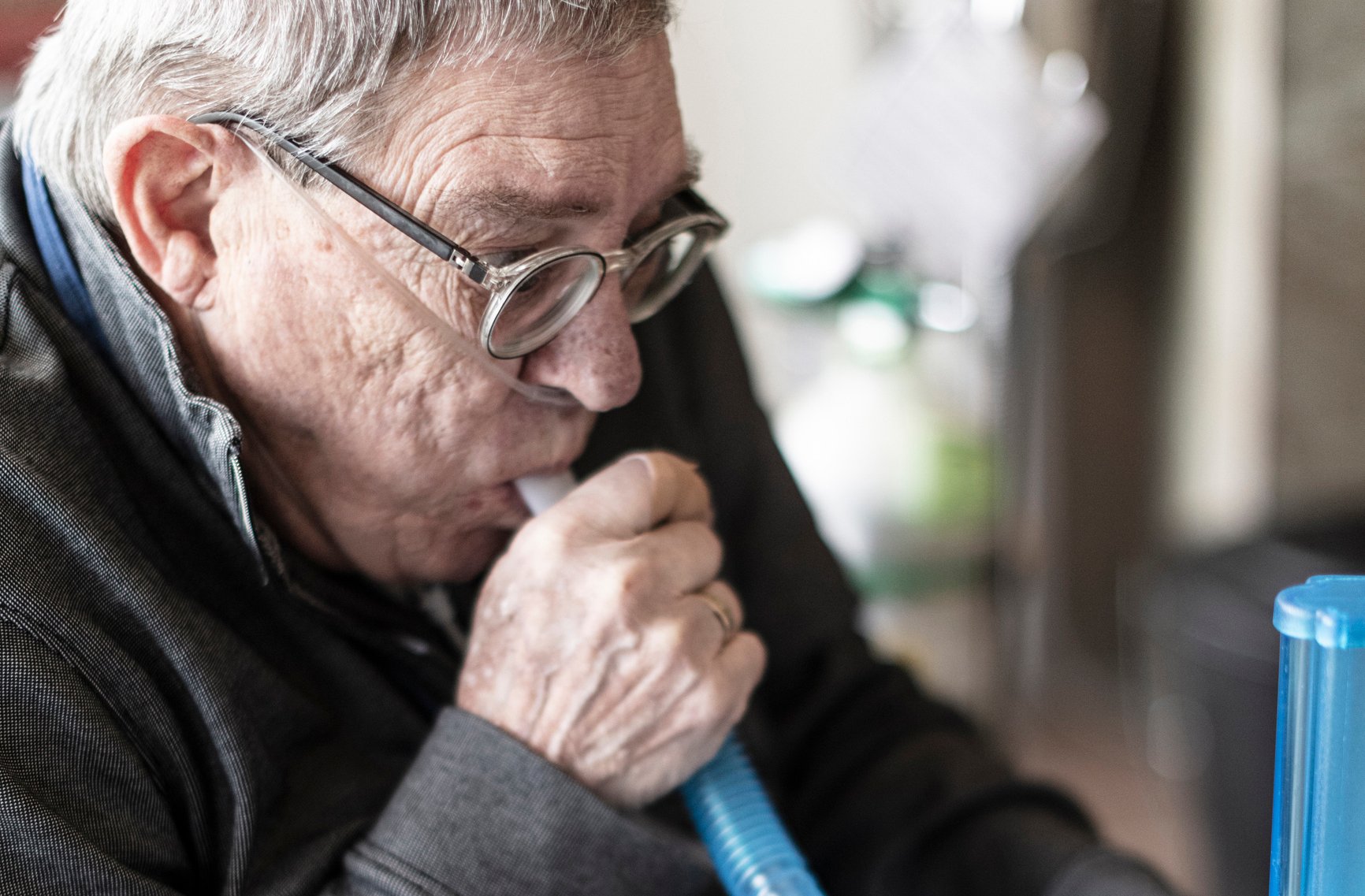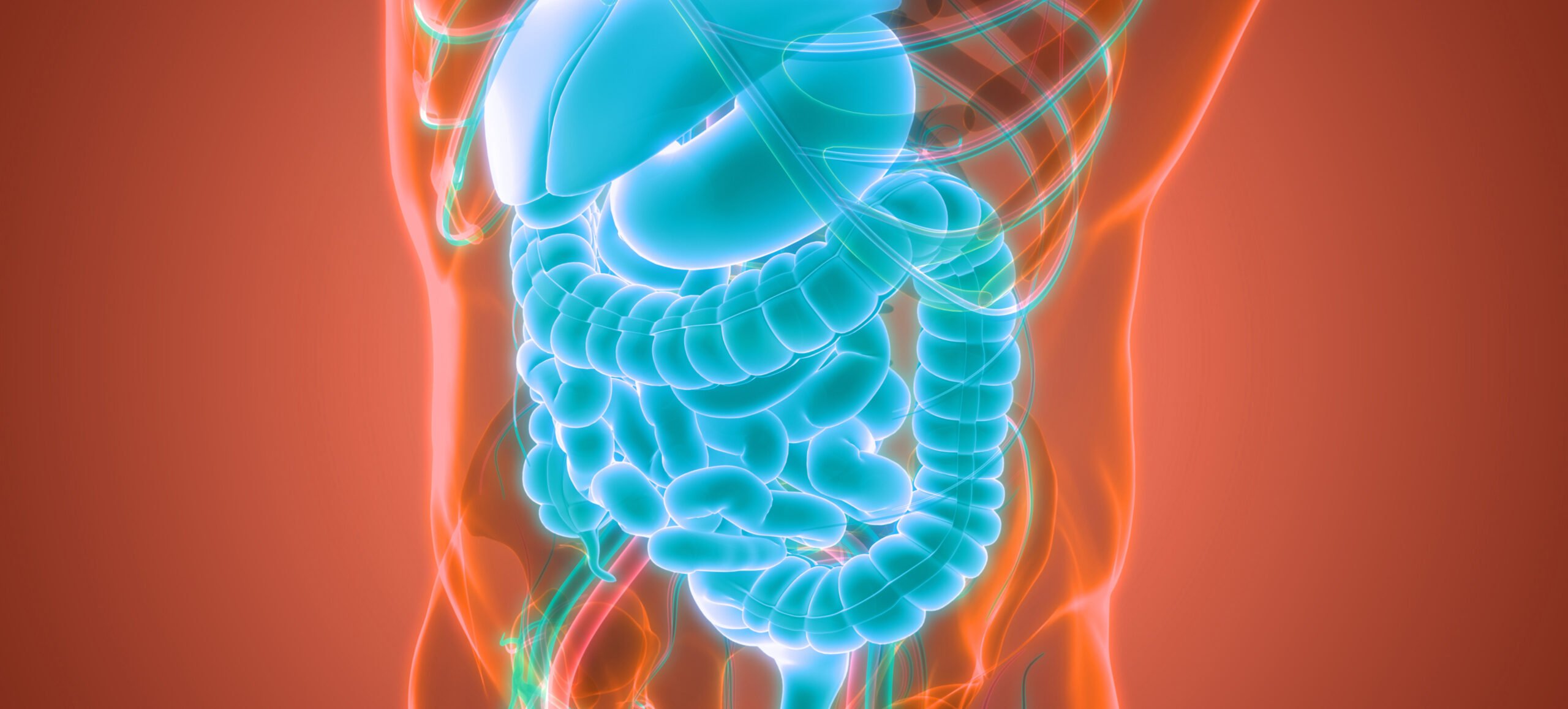Friedreich’s ataxia (FA) is a rare, autosomal recessive neurodegenerative disease whose natural history and clinical characterization have made significant progress in recent decades. Nevertheless, there is still a lack of sensitive, objective biomarkers that both reliably reflect disease progression and are practicable for clinical studies. The TRACK-FA study, the largest multicenter, multimodal neuroimaging study in FA to date, is now making a decisive contribution. It shows that structural and functional imaging markers not only detect disease-relevant changes, but also correlate with clinical scales. This opens up new avenues for more precise diagnostics, the development of therapies and the shortening of study durations.
Autoren
- Tanja Schliebe
Publikation
- InFo NEUROLOGIE & PSYCHIATRIE
Related Topics
You May Also Like
- Music as a cure for cancer?
Music therapy in Swiss oncology
- Clinical significance, pathophysiology, diagnosis and management
Frailty in COPD
- Bladder infections and urinary tract infections
Survey reveals information deficits in the population
- Early detection of type 1 diabetes
Detection of insulin autoantibodies as an early marker
- Type 2 diabetes
Smoking causes more than double the risk
- From symptom to diagnosis
Abdominal pain – Colitis
- Pathophysiology, cardiovascular consequences and metabolic interventions
Obesity accelerates cardiovascular ageing
- CKD: counteracting kidney progression and reducing the risk of CVD











